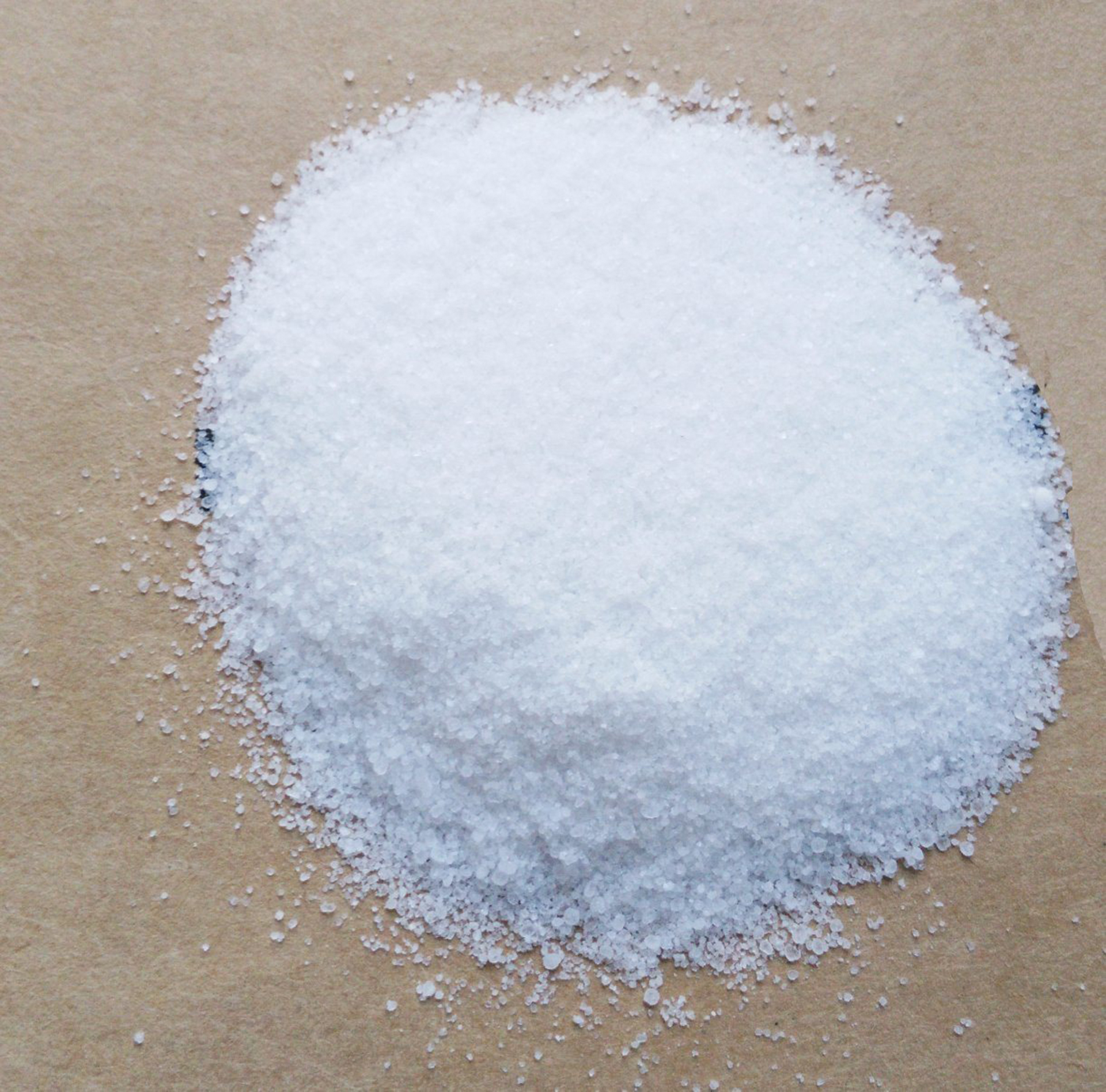



potassium monopersulfate
The Versatility of Potassium Monopersulfate Applications and Benefits
Potassium monopersulfate (KHSO5), often referred to as potassium peroxymonosulfate, is a powerful oxidizing agent that has found its way into various applications due to its effectiveness and stability. This compound is commonly used in the fields of water treatment, disinfection, and even in the formulation of cleaning agents. Understanding the characteristics, benefits, and applications of potassium monopersulfate can offer insights into its significance in both industrial and domestic realms.
Chemical Properties
Potassium monopersulfate is a white crystalline powder that is highly soluble in water. It is a triple salt composed of potassium sulfate, potassium bisulfate, and peroxymonosulfuric acid. The unique chemical structure of potassium monopersulfate enables it to act as a strong oxidizer, which can effectively break down organic contaminants and kill microorganisms. Its stability at various pH levels makes it a preferred choice over traditional chlorine-based treatments, particularly in environments where sensitive materials are involved.
Water Treatment and Disinfection
One of the most significant applications of potassium monopersulfate is in water treatment. The compound is widely used in swimming pools and spas as a non-chlorine shock treatment. Unlike chlorine, potassium monopersulfate does not produce harmful chloramines, which can irritate the skin and eyes. This makes it a more user-friendly option for sanitizing water. Moreover, its oxidizing properties help to eliminate organic matter, algae, and bacteria, ensuring that water remains clear and safe for recreational use.
In addition to pool sanitation, potassium monopersulfate is also employed in municipal water treatment facilities. It helps to remove organic pollutants from water sources, making it suitable for consumption. Its efficacy in oxidizing contaminants makes it a valuable component in water purification systems, catering to both environmental safety and public health.
Industrial Applications
potassium monopersulfate

Beyond its role in water treatment, potassium monopersulfate is utilized in various industrial applications. Industries that rely on bulk cleaning processes, such as food processing, often use it as a disinfectant. Its ability to oxidize harmful microorganisms ensures that surfaces remain sanitized, thus preventing contamination in food products.
Furthermore, potassium monopersulfate is effective in the textile and paper industries, where it’s used for bleaching and oxidation processes. Its non-toxic nature and efficiency make it an attractive alternative to more hazardous chemicals traditionally used in these sectors.
Environmentally Friendly Alternative
The environmental implications of chemical usage are a growing concern in today's world. Potassium monopersulfate is considered more environmentally friendly compared to chlorine derivatives. It decomposes into harmless byproducts, posing minimal risk to aquatic ecosystems. This characteristic not only aligns with increasing regulatory pressures for sustainable practices but also meets the demands of consumers looking for safer alternatives in household and industrial cleaning products.
Conclusion
Potassium monopersulfate stands out as a versatile and effective compound with a wide range of applications across various sectors. Its strong oxidizing properties facilitate its use in water treatment, disinfection, and industrial processes, all while offering a safer, environmentally friendly alternative to traditional chemicals. As industries and consumers lean towards more sustainable practices, the demand for potassium monopersulfate is likely to grow.
In an era where public health and environmental safety take precedence, compounds like potassium monopersulfate could play a crucial role in shaping a cleaner, safer future. Whether it is swimming pool maintenance, industrial sanitation, or municipal water treatment, the importance of potassium monopersulfate cannot be overstated. As research and applications continue to evolve, the full potential of this compound may unveil even more benefits and uses, solidifying its place in both everyday life and industry.
-
Why Sodium Persulfate Is Everywhere NowNewsJul.07,2025
-
Why Polyacrylamide Is in High DemandNewsJul.07,2025
-
Understanding Paint Chemicals and Their ApplicationsNewsJul.07,2025
-
Smart Use Of Mining ChemicalsNewsJul.07,2025
-
Practical Uses of Potassium MonopersulfateNewsJul.07,2025
-
Agrochemicals In Real FarmingNewsJul.07,2025
-
Sodium Chlorite Hot UsesNewsJul.01,2025










